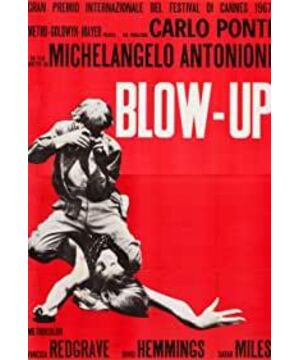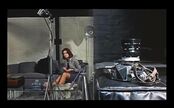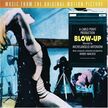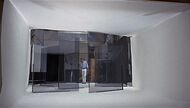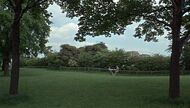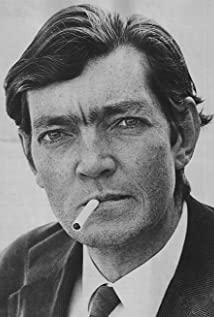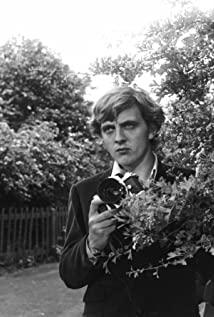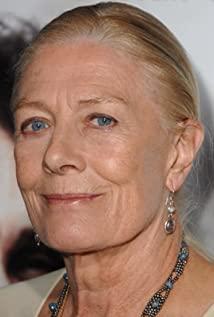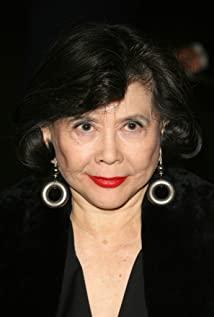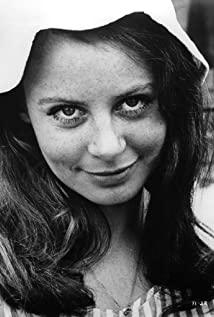View more about Blow-Up reviews
Photography is an ambiguous art
Remington 2022-03-23 09:02:10
-
Zella 2022-03-29 09:01:03
I felt a lot, but couldn't find anything.
-
Lois 2022-03-22 09:02:02
The first impression is that of an aesthetic masterpiece, with a structurally surreal beauty in the color combination of the picture composition. It blends various artistic styles such as photography, fashion, stage play and even rock, and it is seamless and unobtrusive. As for philosophical thinking, the definition of existence, the ever-expanding process blurs the line between truth and fantasy. The off-the-ball tennis at the end very subtly embodies this kind of "being and not" thinking. A true movie classic.
-
Thomas: Someone's been killed. I want you to see the corpse.
-
Thomas: I want you to see the corpse. We've got to get a shot of it.
Ron: I'm not a photographer.
Thomas: I am!


